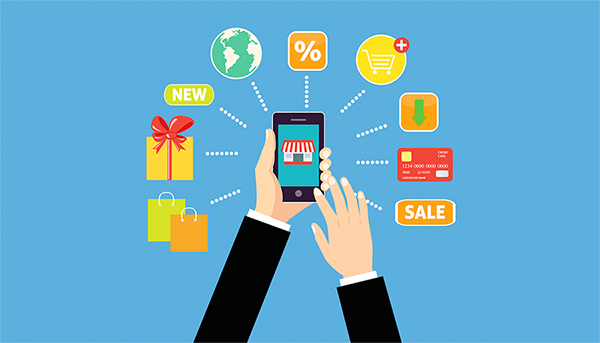
Conversion rate
The conversion rate is simply the percentage of visitors to your site who buy something. It’s one of the first metrics you use to assess how you’re doing. It’s simple to calculate and experiment with. You’ll slice conversion rate in many ways – by demographics, by copy, by referral, and so on – to see what makes people more likely to buy.
Early on, conversion rate may even be more important than total revenue because your initial goal is to simply prove that someone will buy something (and it gives you that person’s email address and data on what he purchases). But there’s also a risk and focusing too intensely on conversion rate. The conversion rate is highly dependent on your type of e-commerce business, and whether your success will be driven by loyalty, new customer acquisition, or a hybrid of the two.
Purchases per year
The conversion rate is important; it doesn’t tell the whole story. There are many examples of e-commerce sites with high or low conversion rates that are successful. It depends on the type of e-commerce site and how people buy. A dealer that sells cars has a purchase rate very different from a grocery store that sells to a customer several times a week.
If you look at the repurchase rate on a 90-day cycle, it becomes a very good leading indicator for what type of e-commerce site you have. There’s no right or wrong answer, but it’s important to know whether to focus more on the loyalty or more on the acquisition.
Shopping Cart Size
The other half of the conversion rate equation is the size of the shopping cart. Not only do you want to know what percentage of people bought something, but you also want to know how much they spent. You may find that one campaign is more likely to make people buy, but another might make fewer people spend more money.
In practice, you’ll compare the total revenue you’re generating to the way in which you acquired that revenue, to identify the most lucrative segments of your reachable audience. But don’t get too caught up in top-line revenue; profit is what matters.
The successful e-commerce is increasing shopping cart size; that’s really where the money is made. Think of customer acquisition cost as a fixed cost, so any increase in order size is expanding your margin.
Abandonment
Not everyone buys something. At its simplest, abandonment rate is the opposite of conversion rate. But the purchasing process often as several steps – reviewing items in the shopping cart, providing shipping information, entering billing details, and so on. The number of people who abandoned a funnel at each of the stages is the abandonment rate. It’s important to analyze it for each step to see which parts of the process are hurting you the most. Pinpoint bottlenecks in the conversion process, or you’re losing customers.
Cost of Customer Acquisition
Once you know you can get buyers, you want to drive traffic to the site. You may be using advertising, social media outreach, billing list, or affiliates. Whatever the case, you’re going to need it to add it up. E-commerce sites are simple math; make more from selling things that it cost you to find buyers and deliver the goods.
Accounting for the cost of acquisition in aggregate is fairly easy; it’s more complicated when you have myriad channels driving traffic to your site. The good news is that analytics tools were built to do this for you. The reason Google has a free analytics product is that the company makes money from relevant advertising, and wants to make it as easy as possible for you to buy ads and measure their effectiveness.
Revenue Per Customer
Revenue per customer (or lifetime value) is important for all types of e-commerce businesses, regardless of whether your focus a new customer acquisition or loyalty (or both). Even if your business doesn’t engender loyalty because you’re selling something that’s infrequently purchased, you want to maximize revenue per customer; you do so by increasing shopping cart size and conversion while reducing abandonment. Revenue per customer is an aggregate metric of other key numbers and represents a good, single measure of your e-commerce businesses health.
It’s vital to know if your focus on loyalty or acquisition. This drives your marketing strategy and many of the features you build. Searches, both off and on-site, are an increasingly common way of finding something for purchase. While conversion rates, repeat purchases, and transaction sizes are important, the ultimate metric is the product of the three of them: revenue per customer. Don’t overlook real-world considerations like shipping, warehouse logistics, and inventory.
